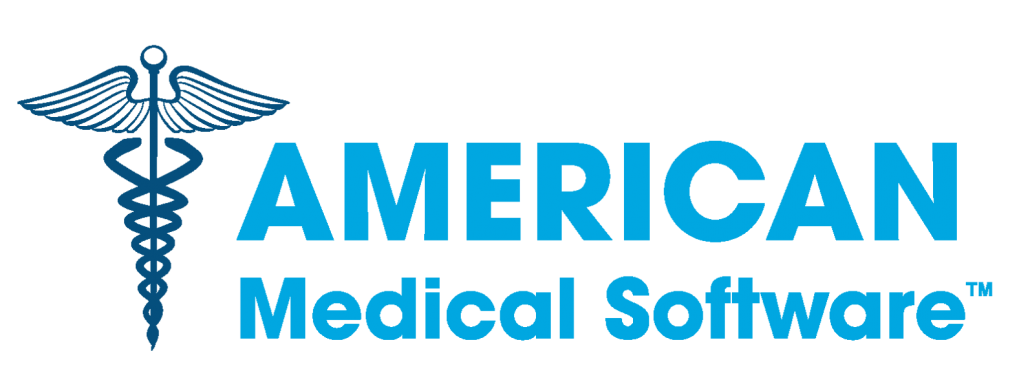Top 6 Benefits of Integrating ICD-10 Codes
The transition from ICD-9 to ICD-10 codes in October 2014 goes hand in hand with the goal of healthcare reform to improve quality and decrease the cost of care. With more than 171,000 codes as compared to just 17,849 in ICD-9, ICD-10 will provide a much more accurate method of quantifying the level of care. The transition will have a far-reaching impact on all populations of healthcare organizations, including physicians.
In fact, ICD-10 will affect every aspect of the physician’s practice, including patient encounters, clinical and financial workflow and, depending on the circumstances, compensation, reimbursement and future career opportunities. All physician groups will be touched by ICD-10, including surgeons, hospitalists and physicians in ambulatory settings.
Though the transition to ICD-10 poses challenges, it also promises particular benefits to physicians, including more appropriate reimbursement, improved outcome indicators, reduced potential compliance issues and fewer claims denials. But these benefits can only be achieved if physicians take the time to properly prepare themselves in the form of comprehensive ICD-10 training and preparation.
How can you, your practice and your patients benefit from ICD-10?
Time is a precious commodity to physicians, and many understandably do not relish the prospect of spending their already-limited time on training and education. It is clear, however, that physicians who take decisive steps to fully integrate ICD-10 codes into their clinical practice stand to benefit in several ways:
1. Determine severity of illness and prove medical necessity. ICD-10 codes better describe the gravity of a patient’s illness, which in turn facilitates validation of a patient’s condition in support of utilization of goods, services and complex procedures.
2. Grow compensation and reimbursement. ICD-10 codes help physicians create an electronic trail of evidence to receive proper credit and payment from government payers, insurers, hospitals, health systems, medical groups and others.
3. Address technology and healthcare reform initiatives. These include the Centers for Medicare & Medicaid Services (CMS)’ value-based purchasing, pay-for-performance programs; coordinated care models such as accountable care organizations and patient-centered medical homes; the government’s Physician Quality Reporting System; and the move toward adoption of electronic health record systems.
4. Ensure your strong reputation. A physician’s documentation trail in ICD-10 will inform physician profiling/national registries, quality reporting and consumer health sites.
5. Reduce the hassle of audits. ICD-10 codes allow the physician’s documentation to be translated into a more accurate clinical picture, thereby reducing the chance of misinterpretation by third parties, auditors and attorneys. Understanding ICD-10 and implementing the required documentation will help save time and resources during a recovery audit contractor (RAC) audit or, even better, prevent the audit in the first place. Insufficient documentation, on the other hand, may lead to scrutiny and potentially a take-back by CMS.
6. Improve care. ICD-10 codes will generate more detailed healthcare data and a greater flow of that data to improve medical communication, which could contribute to advanced disease protocols and clinical pathways.
In order to achieve these important potential benefits, it is critical that all members of a physician’s team receive the appropriate education for their job function and the team works collaboratively to face ICD-10 head-on.
Source: www.physbiztech.com; Thomas Ormondroyd, MBA; June 28, 2013.




Leave a Reply
Want to join the discussion?Feel free to contribute!